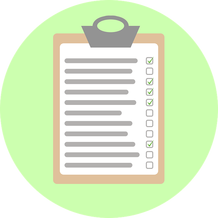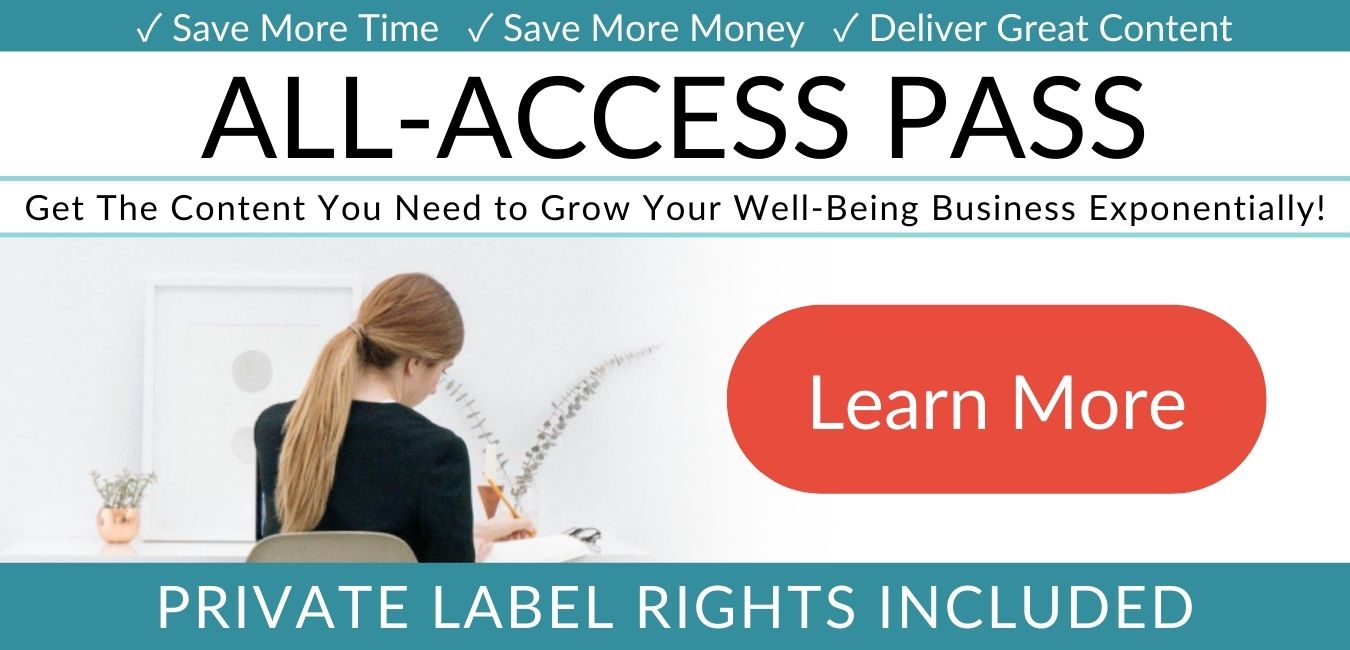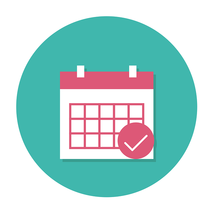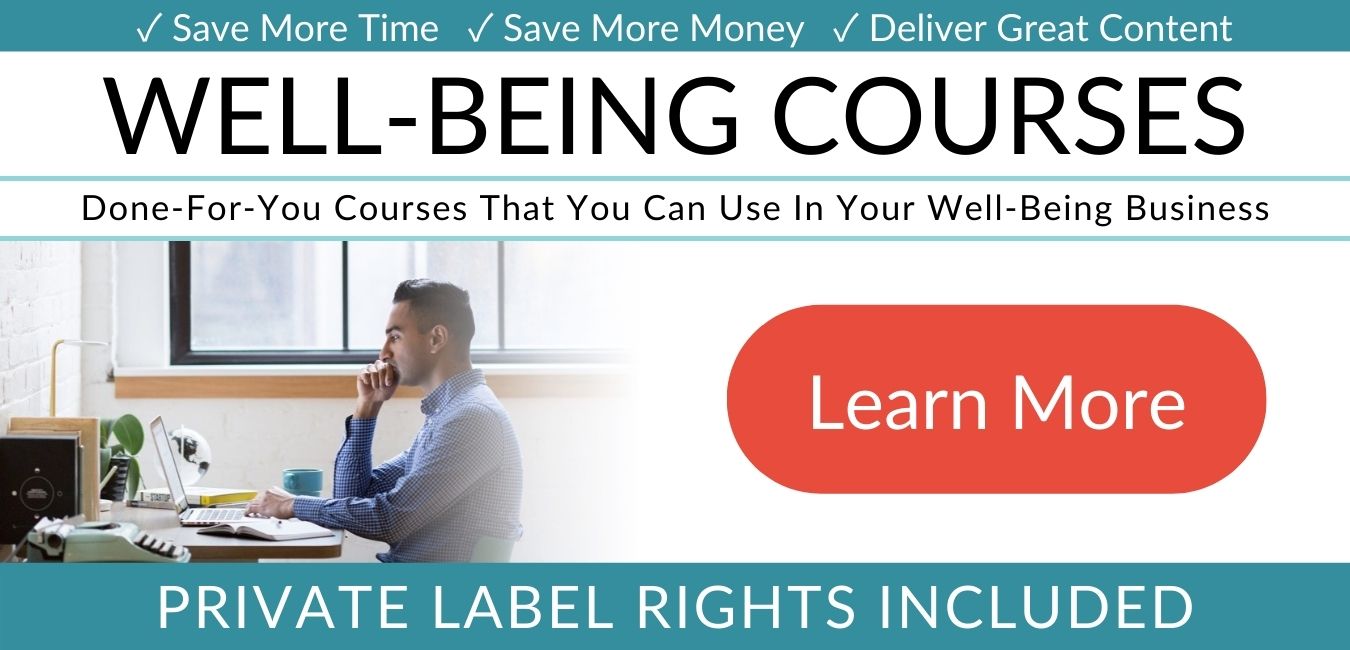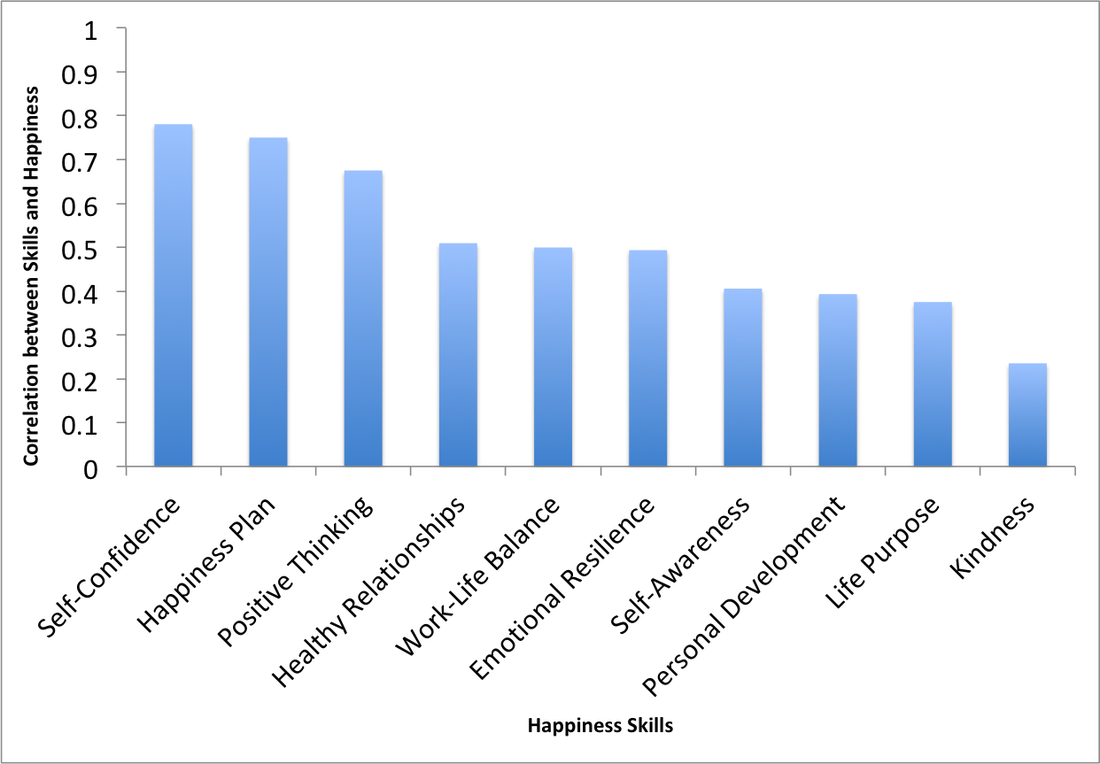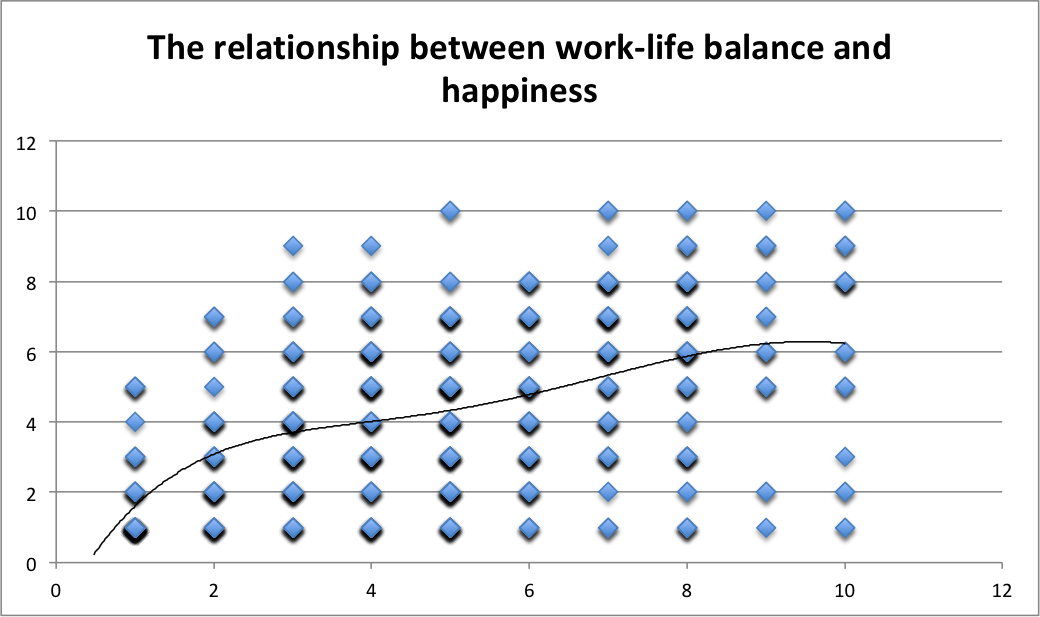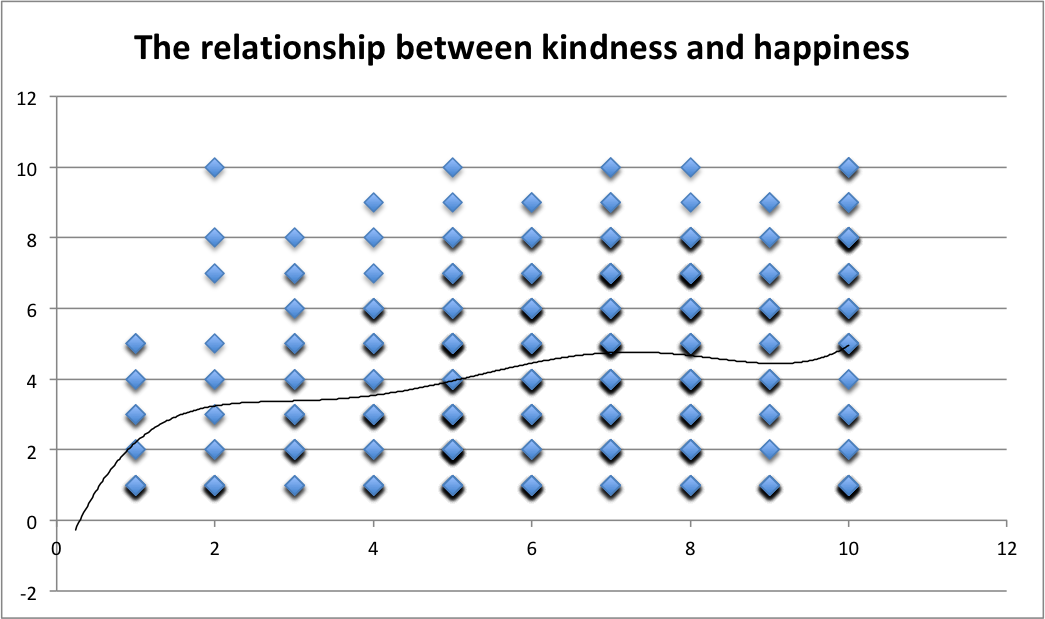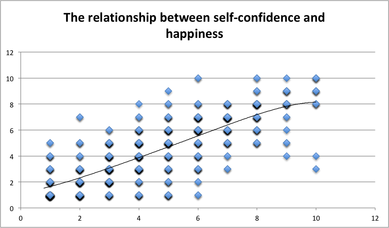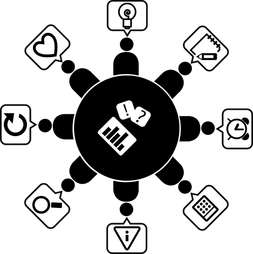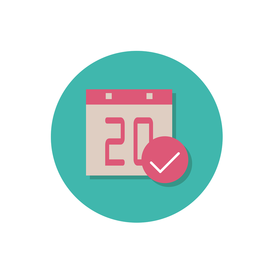Your Happiness Plan: 6 Steps to Starting Your Happiness JourneyYou grow your happiness by building "happiness skills". And any time we are building skills, we do better when we have a plan to guide us. So here’s how you create a "plan to be happy" and achieve your goal of happiness.
*This page may include affiliate links; that means I earn from qualifying purchases of products.
Why Do You Need a Happiness Plan?You wouldn't bake a cake without a recipe. You wouldn't go to a place you've never been without a map. And you shouldn't try to build happiness without a plan either. Creating a good happiness plan is what takes you from where you are now to where you want to be.
Are You a Therapist, Coach, or Wellness Entrepreneur?
Grab Our Free eBook to Learn How to
|
Terms, Privacy & Affiliate Disclosure | Contact | FAQs
* The Berkeley Well-Being Institute. LLC is not affiliated with UC Berkeley.
Copyright © 2024, The Berkeley Well-Being Institute, LLC
* The Berkeley Well-Being Institute. LLC is not affiliated with UC Berkeley.
Copyright © 2024, The Berkeley Well-Being Institute, LLC


